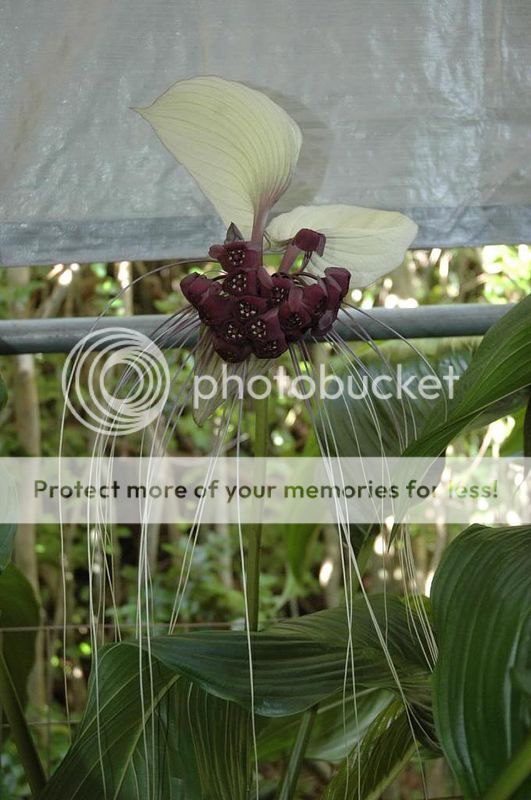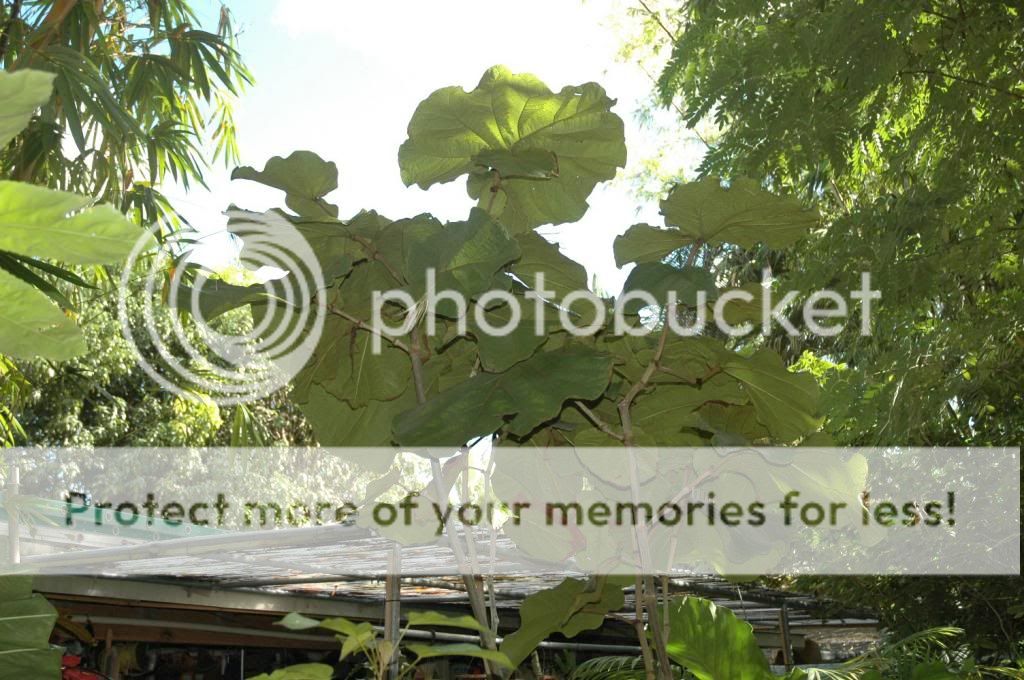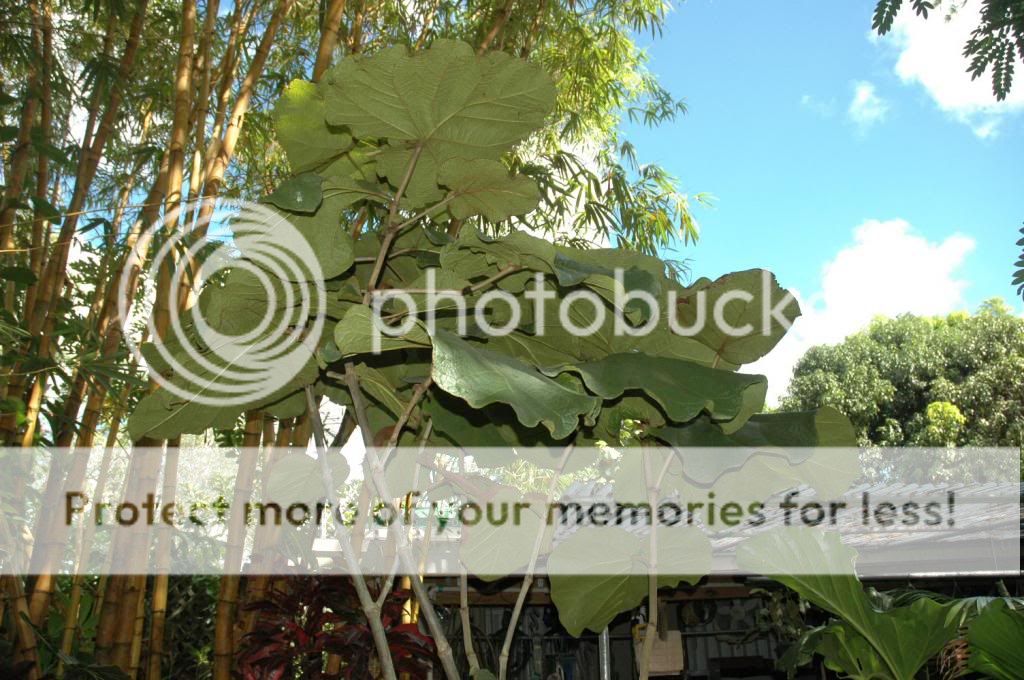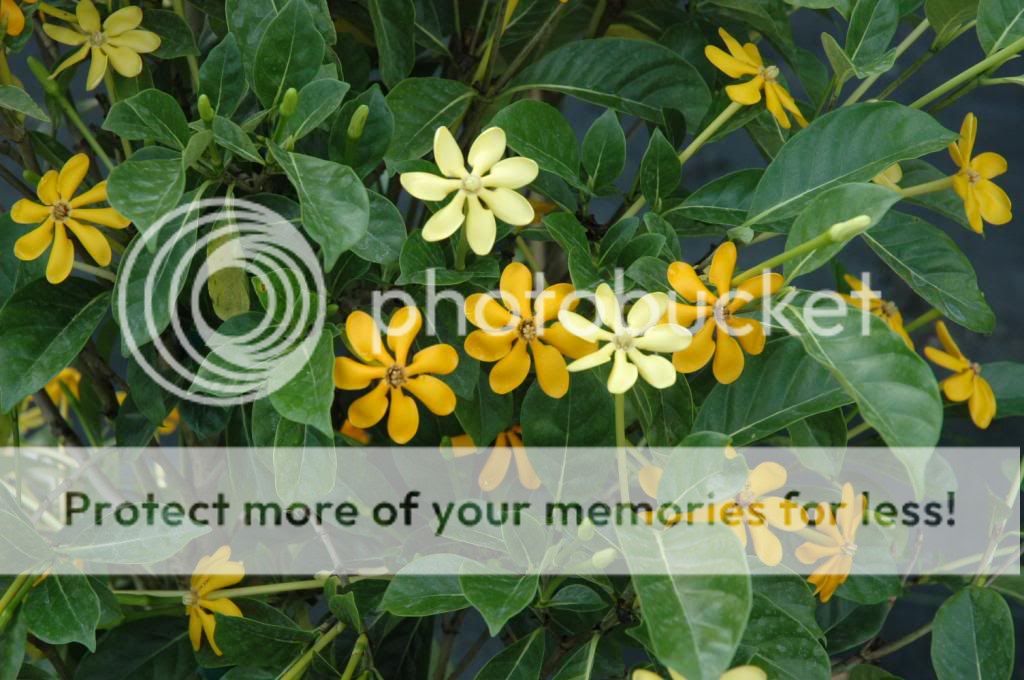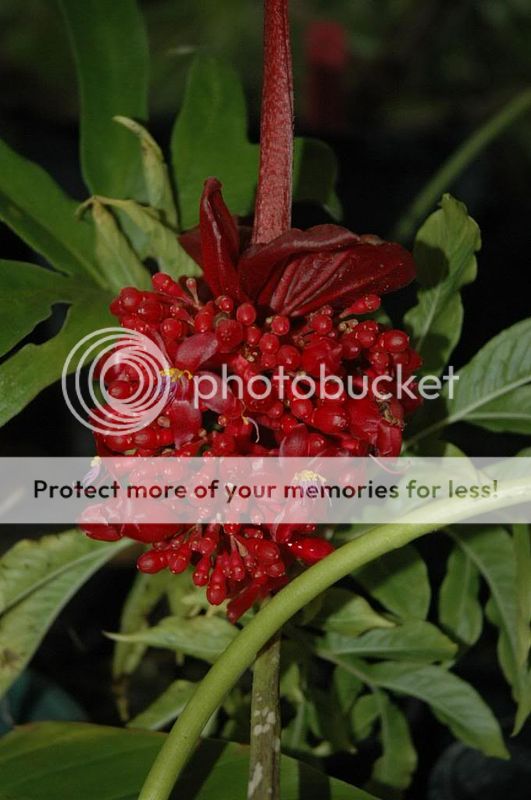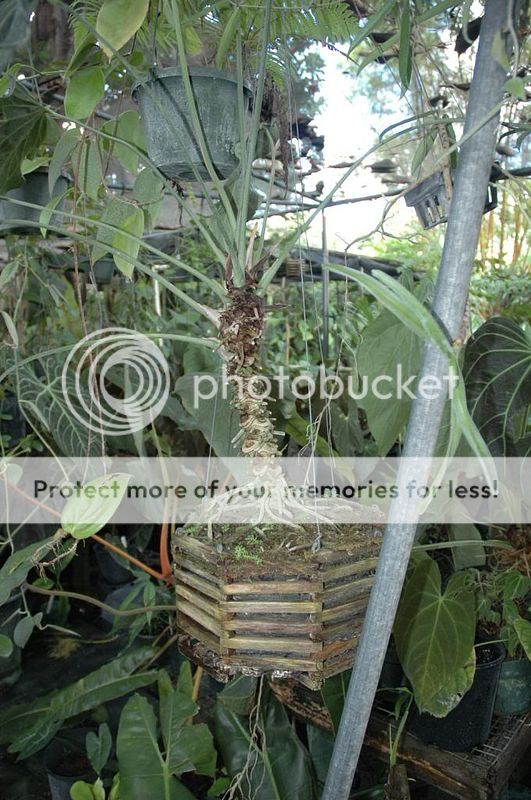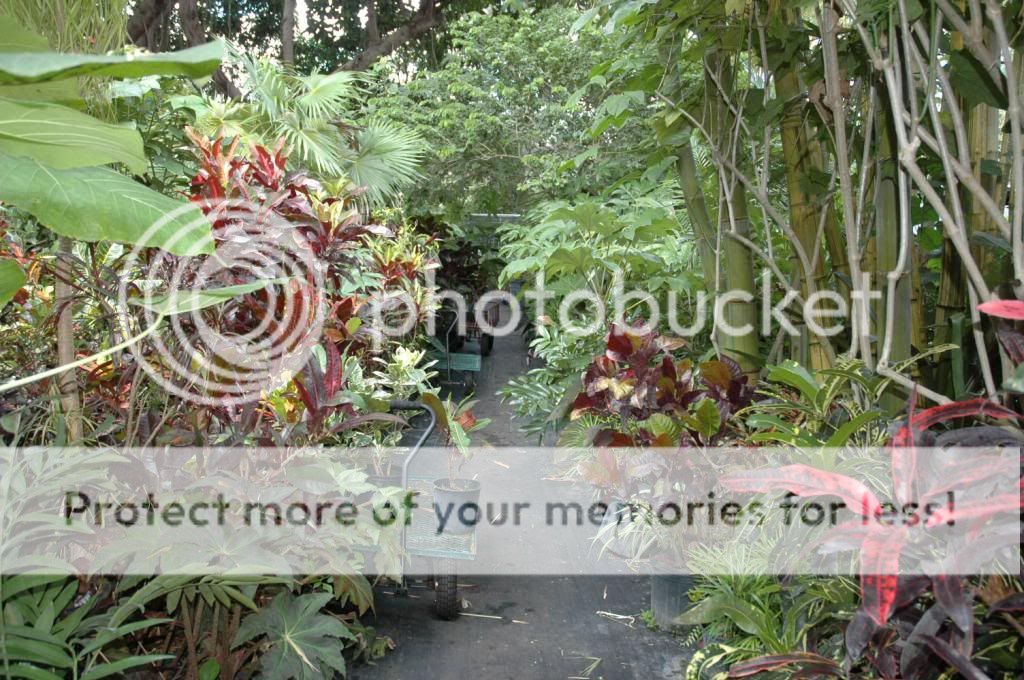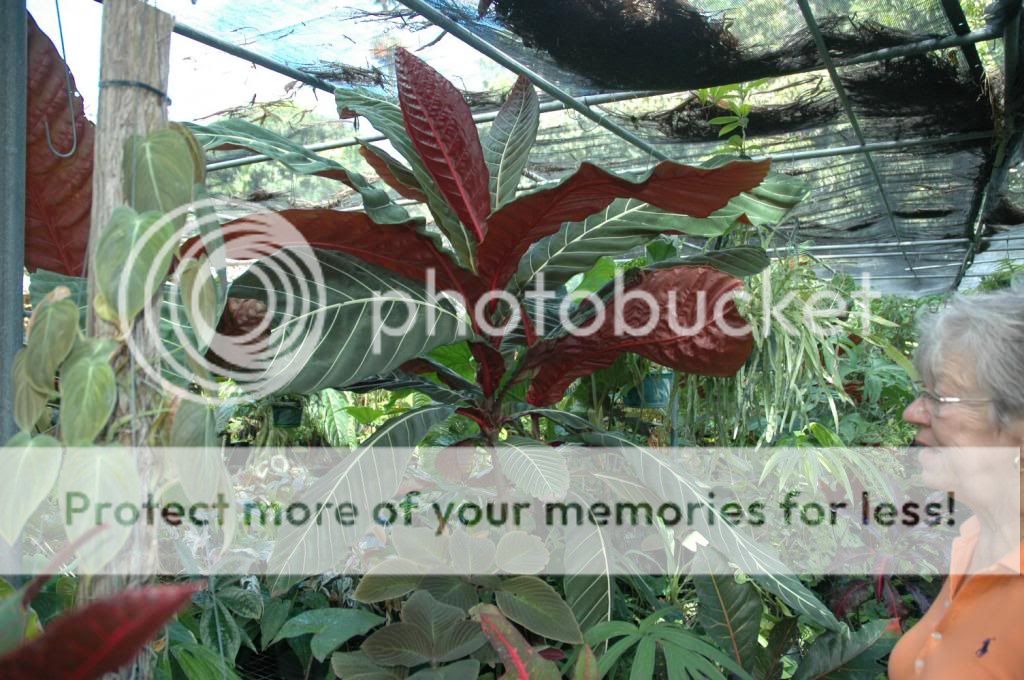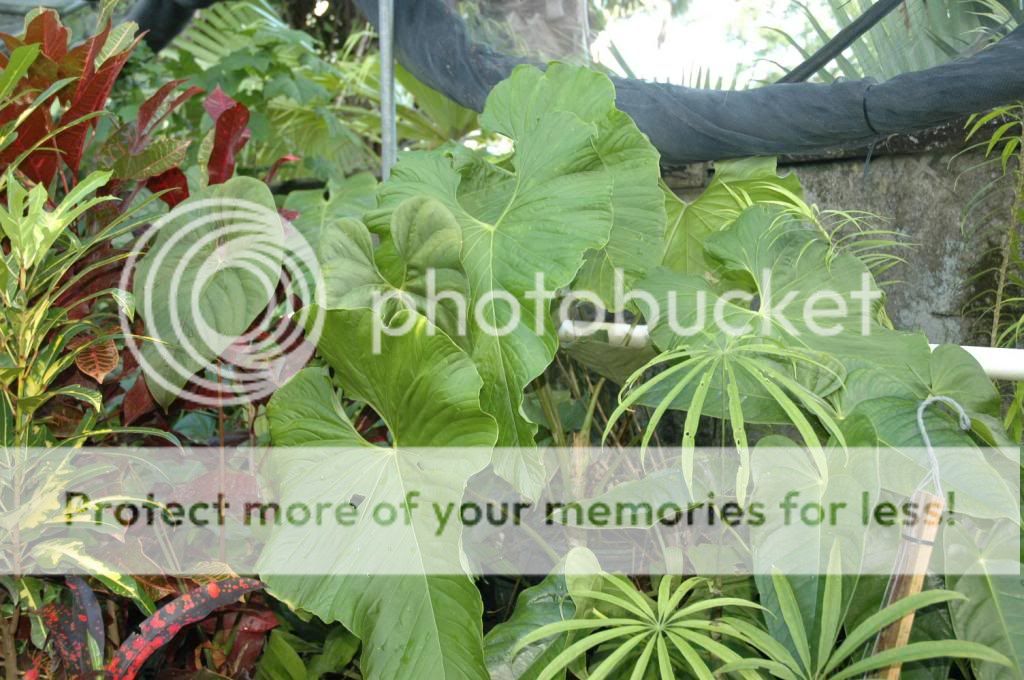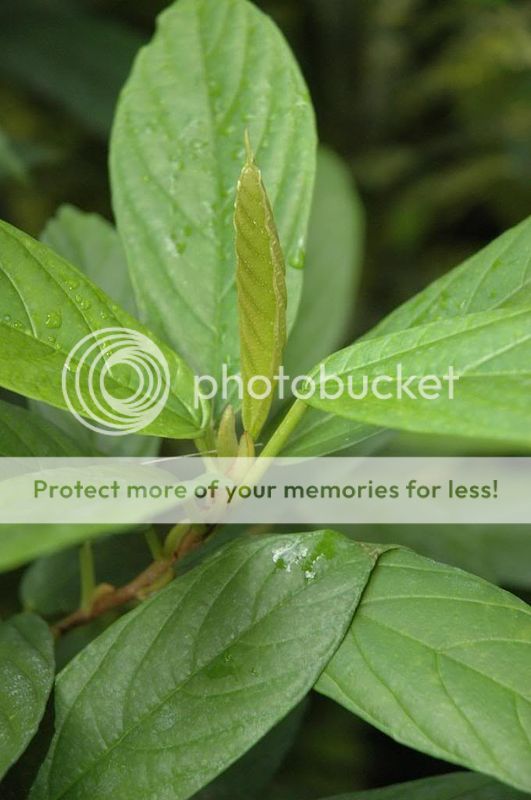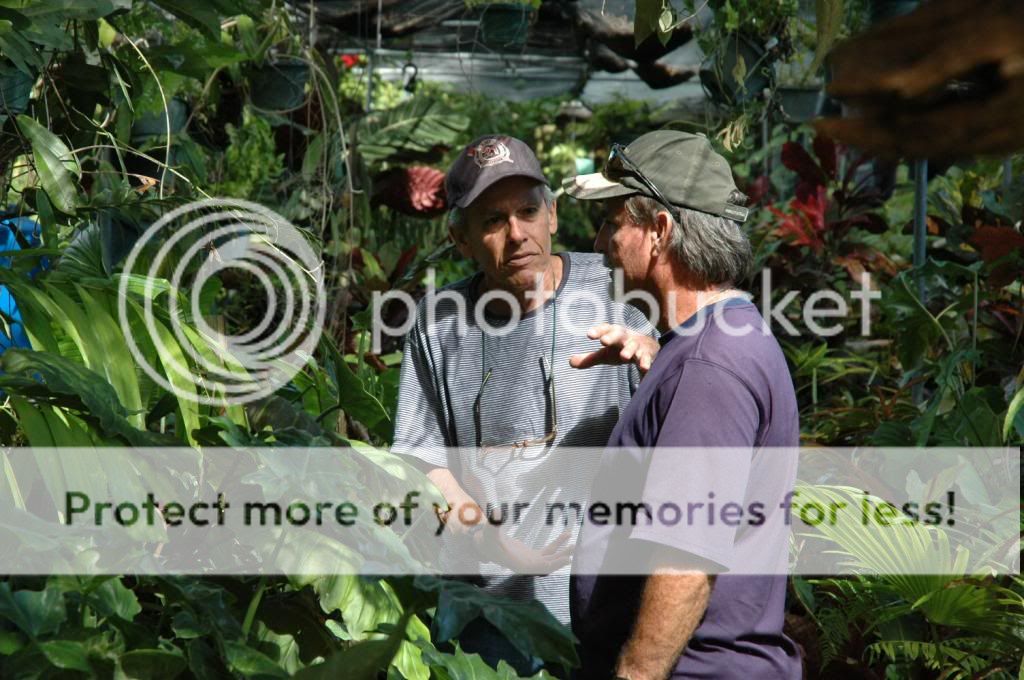Palmarum
Moderator
- 315
- 23/02/11
- 54
- 48
Ree Gardens
The Tropical Plant Collection, Nursery and Home of Steve & Marie Nock
Miami, Florida
A First Time Visit to the Garden during their October Plant Sale
Friday, Oct. 18th - 2013
For years, and I mean about 20 years plus -- I have heard details about this small, yet overwhelmingly diverse tropical plant nursery located down in Miami. In one form or another, either directly or indirectly, I have heard enthusiastic descriptions and awe inspiring tales of visits where tropical plant overload was the norm. I would hear about the collection grown by Steve & Marie Nock through whispers carefully shared by the most secretive of collectors, pushed at the moment to divulge one of their most cherished sources. Plant sale here, society meeting there, the tales went on for years since I was a kid. Others would mention a "visit where a friend took them to a magical place." or "I stumbled upon this hidden gem once and I was never the same since." After processing all these stories and comments over the decades I came to a conclusion:
- They were all talking about the same place. -
Now, the lives of Ree Gardens' caretakers are not a mystery, as many of us in the South Florida plant world have known or known about Steve & Marie for years, through various plant societies, garden club events, and plant sales. Their exotic wares have appeared at plant sales around the state, including the Ramble at Fairchild TB Garden, and have been donated for society auctions, including those of the Tropical Fern & Exotic Plant Society. Through their extensive network of fellow growers and lifetime of world-wide travel, they have a unique collection second to none. From my own point of view, I had never had the opportunity to visit the garden itself. Mostly because I never knew where it was located, so go figure.
I received an email about two months ago that changed things. It was a small, brief advertisement for Ree Gardens' open house sale they put on every few months or so. I remember getting on their mailing list at one point in the past. This is their only real advertisement, second maybe to word of mouth, as they keep the sale low-key. I am not sure how long they have been doing the sales, but it seems recent in local plant world history. Due to having some good timing I was going to attend. The sale was for three days, starting on the third Friday of October. Fellow plant enthusiast and grower (and long time friend to the Nock's) Jeff Searle also wanted to attend, and we decided the best day to go was Friday as 'limited selection' was the key phrase.
With Jeff driving, and myself navigating, we started out after the morning rush hour and headed south into Miami...
- Friday, Oct. 18th, Late morning, Miami somewhere - At first glance, minus the glare, the front of the property does not quite look like what I expected. When we arrived, Jeff Searle parked on the narrow shoulder and we got out, careful not to get run over. I crossed over to the other side of the street to photograph. The front border of the property was lined by a tall, protective hedge that runs the entire length. The average passerby would have no clue as to what lies just inside that hedge. The canopy of trees was the only tell-tale sign that a plant collection was inside. The hedge was not just for security, but also for protecting sensitive plants. As you will see, every square inch of the property is used.

- The only opening to the garden was this narrow portal marked by a gap in the hedge and an entrance covered with a screen-covered car port. During the sale, assorted eye-catching plants were brought out along with a sign. Normally, you would just see hedge and gate.

- After several minutes, Jeff was still on the phone. So I waited patiently, as I would need him to identify many of the plants.

- As I waited, I looked over the plants out in front by the sign. The sign was basic and to the point, but did not do anything to describe all what was inside nor did it prepare the intrepid plant adventurer as to what to expect.

* I am also posting this topic at PalmTalk, as I could not decide which Forum it should be a part of.
Ryan
The Tropical Plant Collection, Nursery and Home of Steve & Marie Nock
Miami, Florida
A First Time Visit to the Garden during their October Plant Sale
Friday, Oct. 18th - 2013
For years, and I mean about 20 years plus -- I have heard details about this small, yet overwhelmingly diverse tropical plant nursery located down in Miami. In one form or another, either directly or indirectly, I have heard enthusiastic descriptions and awe inspiring tales of visits where tropical plant overload was the norm. I would hear about the collection grown by Steve & Marie Nock through whispers carefully shared by the most secretive of collectors, pushed at the moment to divulge one of their most cherished sources. Plant sale here, society meeting there, the tales went on for years since I was a kid. Others would mention a "visit where a friend took them to a magical place." or "I stumbled upon this hidden gem once and I was never the same since." After processing all these stories and comments over the decades I came to a conclusion:
- They were all talking about the same place. -
Now, the lives of Ree Gardens' caretakers are not a mystery, as many of us in the South Florida plant world have known or known about Steve & Marie for years, through various plant societies, garden club events, and plant sales. Their exotic wares have appeared at plant sales around the state, including the Ramble at Fairchild TB Garden, and have been donated for society auctions, including those of the Tropical Fern & Exotic Plant Society. Through their extensive network of fellow growers and lifetime of world-wide travel, they have a unique collection second to none. From my own point of view, I had never had the opportunity to visit the garden itself. Mostly because I never knew where it was located, so go figure.
I received an email about two months ago that changed things. It was a small, brief advertisement for Ree Gardens' open house sale they put on every few months or so. I remember getting on their mailing list at one point in the past. This is their only real advertisement, second maybe to word of mouth, as they keep the sale low-key. I am not sure how long they have been doing the sales, but it seems recent in local plant world history. Due to having some good timing I was going to attend. The sale was for three days, starting on the third Friday of October. Fellow plant enthusiast and grower (and long time friend to the Nock's) Jeff Searle also wanted to attend, and we decided the best day to go was Friday as 'limited selection' was the key phrase.
With Jeff driving, and myself navigating, we started out after the morning rush hour and headed south into Miami...
- Friday, Oct. 18th, Late morning, Miami somewhere - At first glance, minus the glare, the front of the property does not quite look like what I expected. When we arrived, Jeff Searle parked on the narrow shoulder and we got out, careful not to get run over. I crossed over to the other side of the street to photograph. The front border of the property was lined by a tall, protective hedge that runs the entire length. The average passerby would have no clue as to what lies just inside that hedge. The canopy of trees was the only tell-tale sign that a plant collection was inside. The hedge was not just for security, but also for protecting sensitive plants. As you will see, every square inch of the property is used.

- The only opening to the garden was this narrow portal marked by a gap in the hedge and an entrance covered with a screen-covered car port. During the sale, assorted eye-catching plants were brought out along with a sign. Normally, you would just see hedge and gate.

- After several minutes, Jeff was still on the phone. So I waited patiently, as I would need him to identify many of the plants.

- As I waited, I looked over the plants out in front by the sign. The sign was basic and to the point, but did not do anything to describe all what was inside nor did it prepare the intrepid plant adventurer as to what to expect.

* I am also posting this topic at PalmTalk, as I could not decide which Forum it should be a part of.
Ryan



